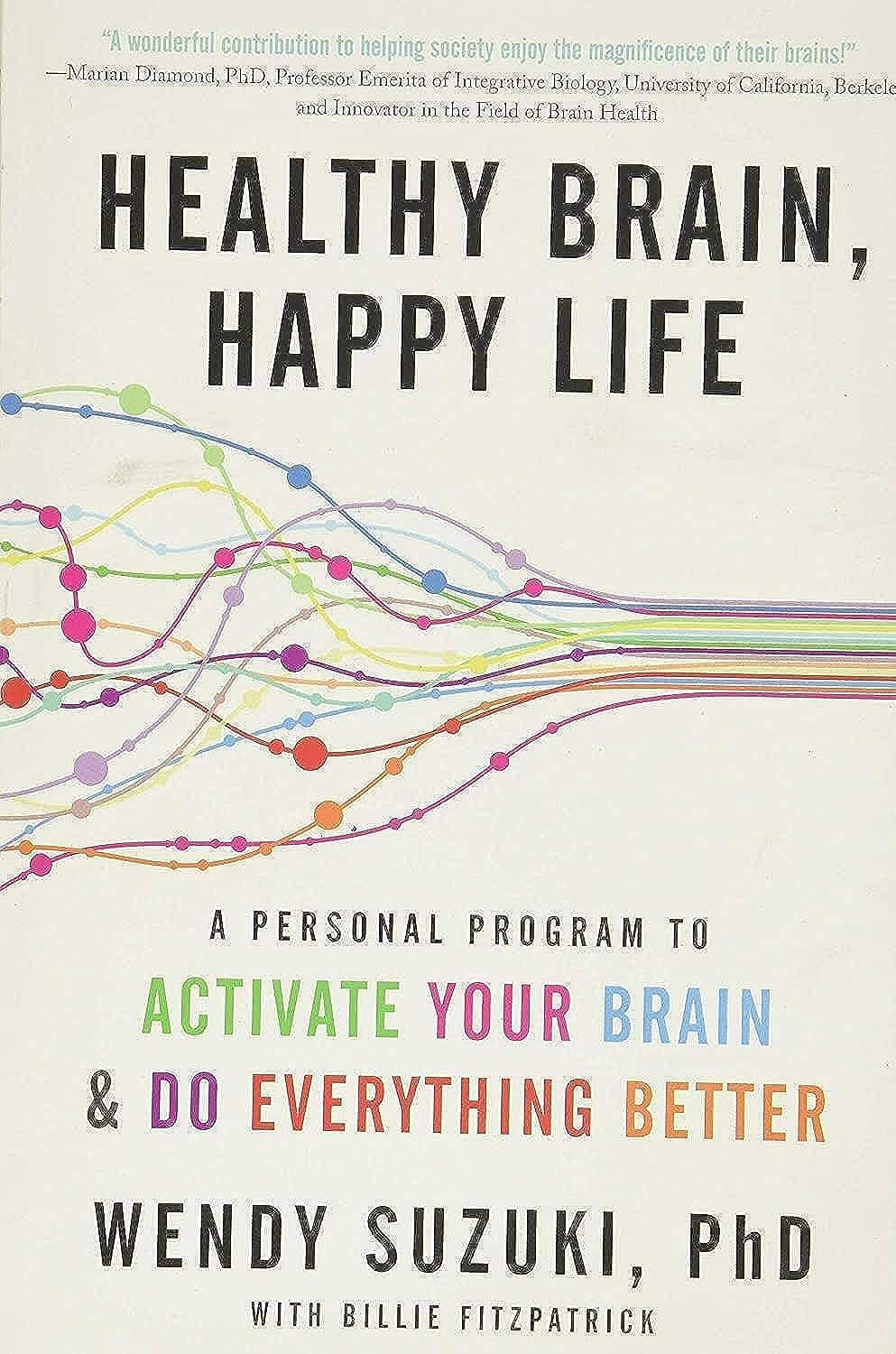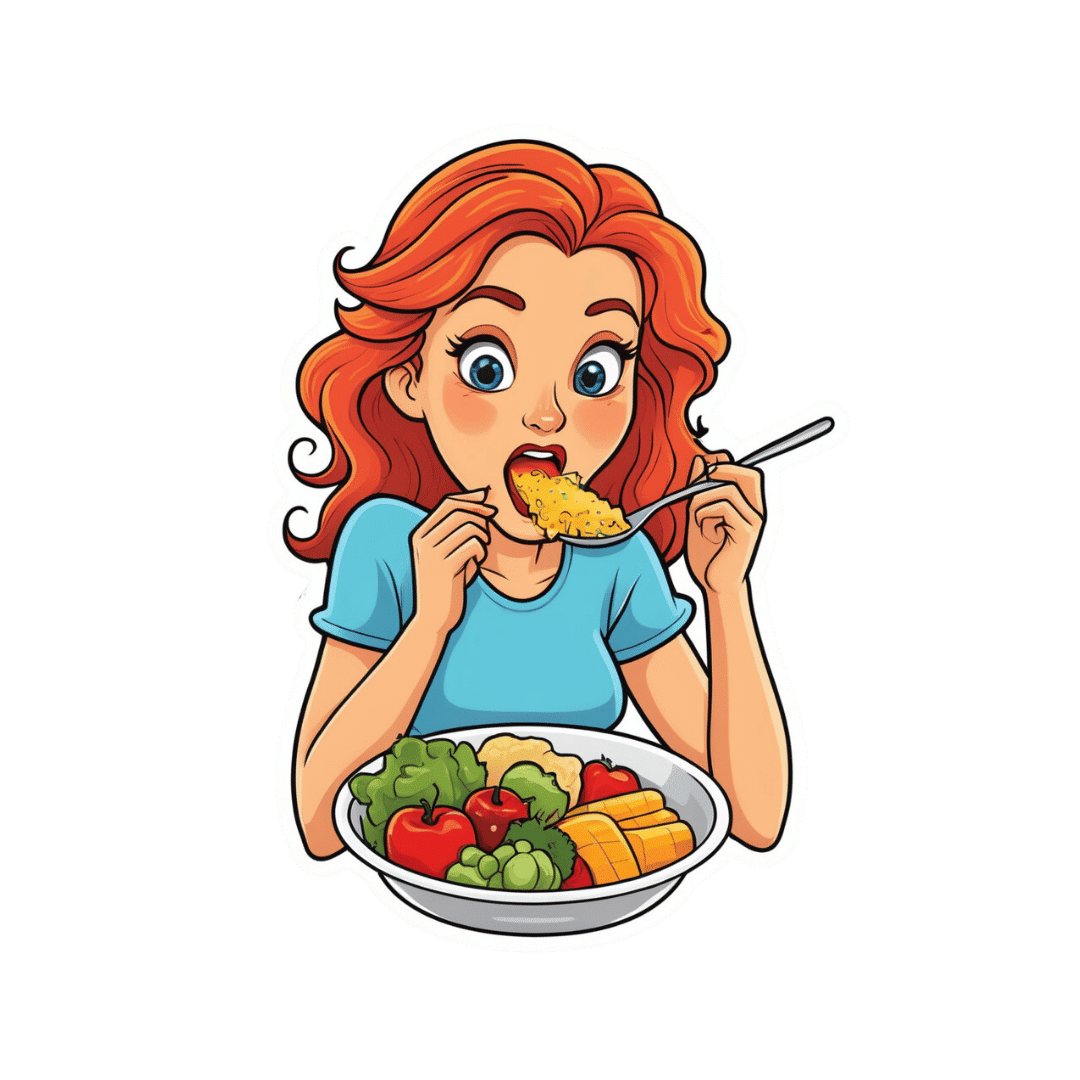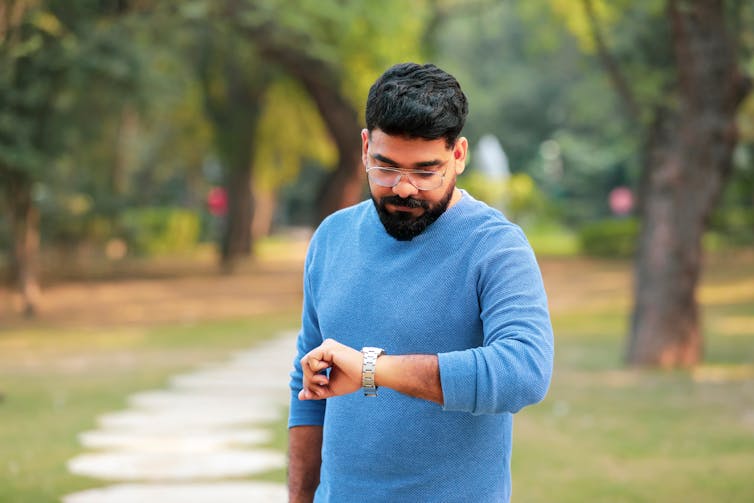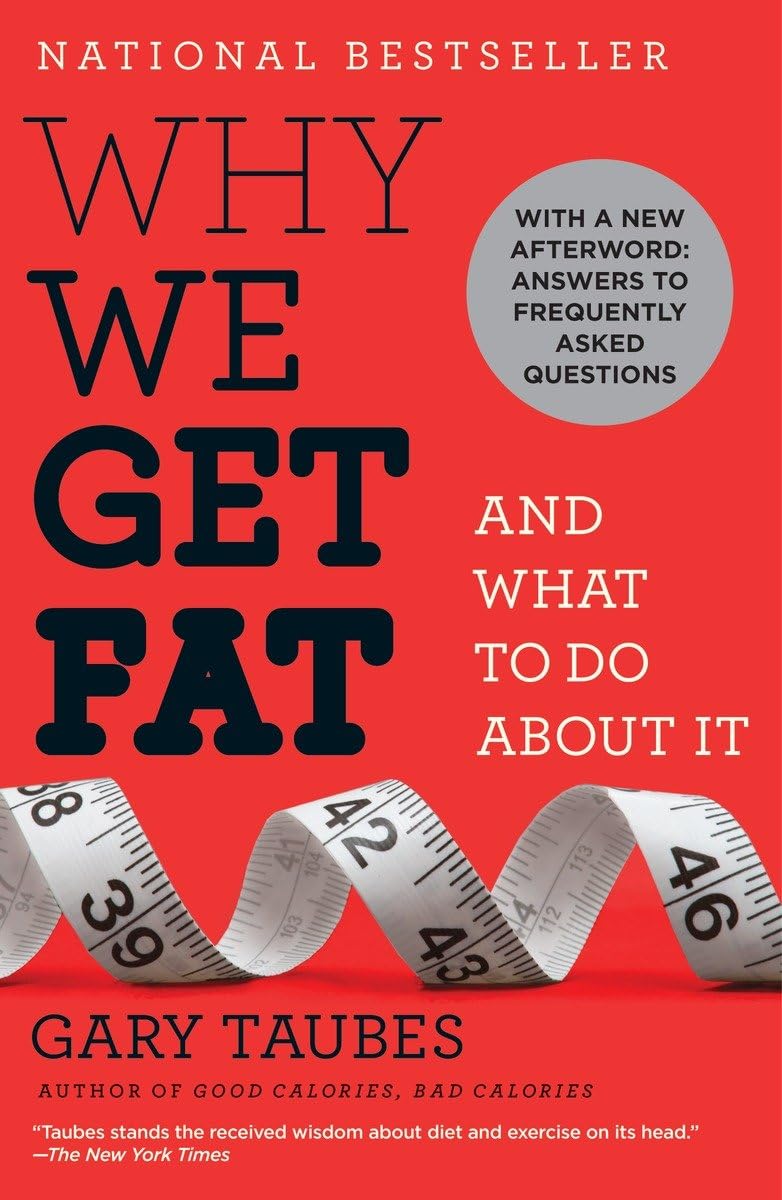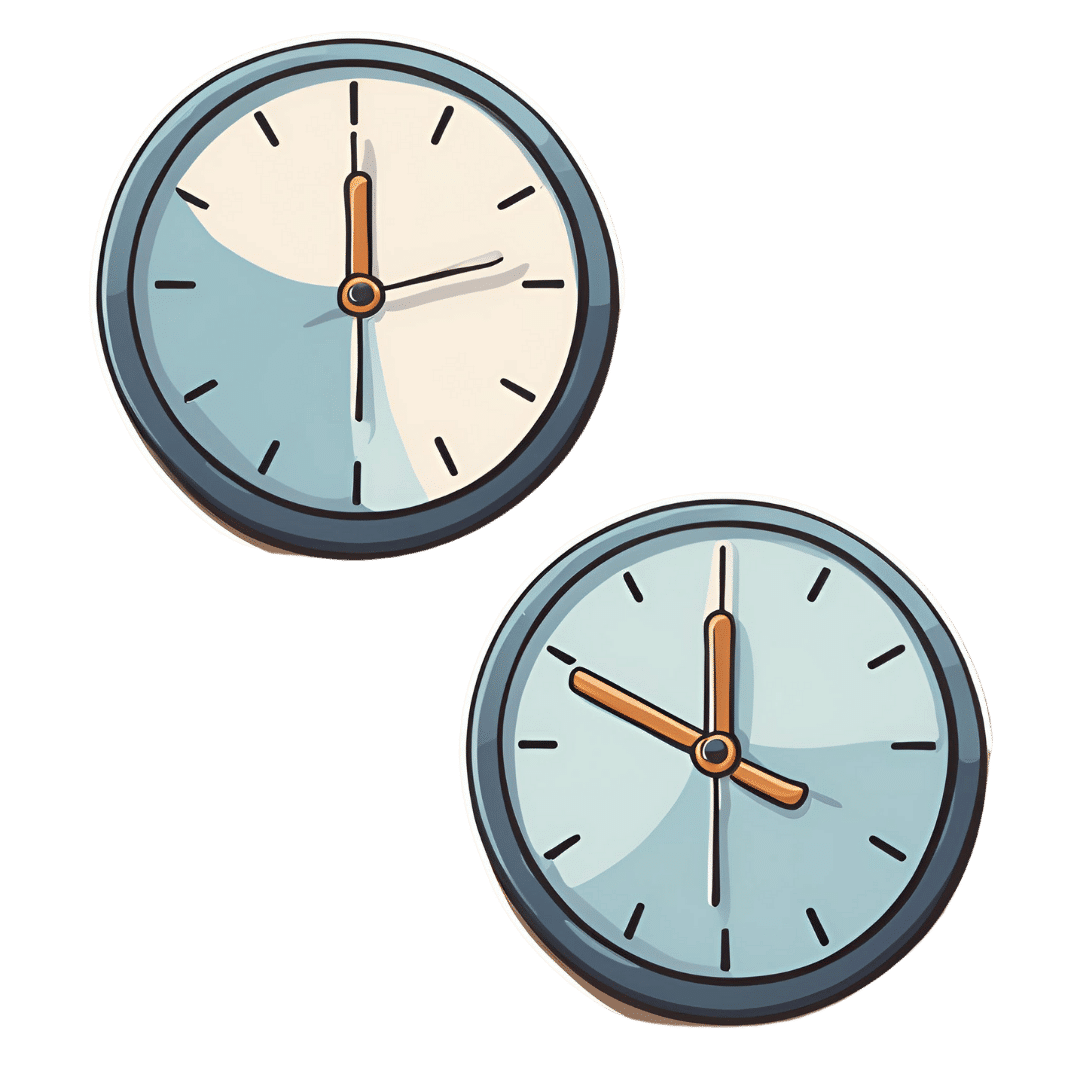
Do You Know Which Supplements You Shouldn’t Take Together? (10 Pairs!)
10almonds is reader-supported. We may, at no cost to you, receive a portion of sales if you purchase a product through a link in this article.
Dr. LeGrand Peterson wants us to get the most out of our supplements, so watch out for these…
Time to split up some pairs…
In most cases these are a matter of competing for absorption; sometimes to the detriment of both, sometimes to the detriment of one or the other, and sometimes, the problem is entirely different and they just interact in a way that could potentially cause other problems. Dr. Peterson advises as follows:
- Vitamin C and vitamin B12: taking these together can reduce the absorption of Vitamin B12, as vitamin C can overpower it.
- Vitamin C and copper: high amounts of vitamin C can decrease copper absorption, especially in those who are severely copper deficient.
- Magnesium and calcium: these two minerals compete for absorption in the intestines, potentially reducing the effectiveness of both.
- Calcium and iron: calcium can decrease iron absorption, so they should not be taken together, especially if you are iron deficient.
- Calcium and zinc: calcium also competes with zinc, reducing zinc absorption; they should be taken at different times.
- Zinc and copper: zinc and copper compete for absorption, so they should be taken at separate times.
- Iron and zinc: iron can decrease zinc absorption, and thus, they should not be taken together.
- Iron and green tea: perhaps a surprising one, but green tea can reduce iron absorption, so they should not be taken simultaneously.
- Vitamin E and vitamin K: vitamin E increases bleeding risk, while vitamin K promotes clotting, making them opposites and risky to take together.
- Fish oil and ginkgo biloba: both are anticoagulants and can increase the risk of bleeding, especially if taken with blood thinners like warfarin.
If you need to take supplements that compete (or conflict or otherwise potentially adversely interact) with each other, it’s recommended to separate them by at least 4 hours, or better yet, take one in the morning and the other at night. If in doubt, do speak with your pharmacist or doctor for personalized advice
You may be thinking: half my foods contain half of these nutrients! And yes, assuming you have a nutritionally dense diet, this is probably the case. Foods typically release nutrients more slowly than supplements, and unlike supplements, do not usually contain megadoses (although they can, such as the selenium content of Brazil nuts, or vitamin A in carrots). Basically, food is in most cases safer and gentler than supplements. If concerned, do speak with your nutritionist or doctor for personalized advice.
For more information on all of these, enjoy:
Click Here If The Embedded Video Doesn’t Load Automatically!
Want to learn more?
You might also like to read:
Do We Need Supplements, And Do They Work?
Take care!
Don’t Forget…
Did you arrive here from our newsletter? Don’t forget to return to the email to continue learning!
Recommended
Learn to Age Gracefully
Join the 98k+ American women taking control of their health & aging with our 100% free (and fun!) daily emails:
-
Healthy Brain, Happy Life – by Dr. Wendy Suzuki
10almonds is reader-supported. We may, at no cost to you, receive a portion of sales if you purchase a product through a link in this article.
We talked about Dr. Wendy Suzuki’s research in the category of exercise and brain-benefits in our main feature the other day. But she has more to say than we can fit into an article!
This book chronicles her discoveries, through her work in memory and neuroplasticity, to her discoveries about exercise, and her dive into broader neurology-based mental health. So what does neurology-based mental health look like?
The answer is: mitigating brain-busters such as stress and anxiety, revitalizing a fatigued brain, boosting creativity, and other such benefits.
Does she argue that exercise is a cure-all? No, not quite. Sometimes there are other things she’s recommending (such as in her chapter on challenging the neurobiology of the stress response, or her chapter on meditation and the brain).
The writing style is mostly casual, interspersed with occasional mini-lectures (complete with diagrams and other illustrations), and is very readable and informative throughout.
Bottom line: if you’d like the more in-depth details of Dr. Suzuki’s work, this book is a very accessible way to get 320 pages of that!
Click here to check out Healthy Brain, Happy Life, and give yours the best!
Share This Post
-
Fasting, eating earlier in the day or eating fewer meals – what works best for weight loss?
10almonds is reader-supported. We may, at no cost to you, receive a portion of sales if you purchase a product through a link in this article.
Globally, one in eight people are living with obesity. This is an issue because excess fat increases the risk of type 2 diabetes, heart disease and certain cancers.
Modifying your diet is important for managing obesity and preventing weight gain. This might include reducing your calorie intake, changing your eating patterns and prioritising healthy food.
But is one formula for weight loss more likely to result in success than another? Our new research compared three weight-loss methods, to see if one delivered more weight loss than the others:
- altering calorie distribution – eating more calories earlier rather than later in the day
- eating fewer meals
- intermittent fasting.
We analysed data from 29 clinical trials involving almost 2,500 people.
We found that over 12 weeks or more, the three methods resulted in similar weight loss: 1.4–1.8kg.
So if you do want to lose weight, choose a method that works best for you and your lifestyle.
chalermphon_tiam/Shutterstock Eating earlier in the day
When our metabolism isn’t functioning properly, our body can’t respond to the hormone insulin properly. This can lead to weight gain, fatigue and can increase the risk of a number of chronic diseases such as diabetes.
Eating later in the day – with a heavy dinner and late-night snacking – seems to lead to worse metabolic function. This means the body becomes less efficient at converting food into energy, managing blood sugar and regulating fat storage.
In contrast, consuming calories earlier in the day appears to improve metabolic function.
However, this might not be the case for everyone. Some people naturally have an evening “chronotype”, meaning they wake up and stay up later.
People with this chronotype appear to have less success losing weight, no matter the method. This is due to a combination of factors including genes, an increased likelihood to have a poorer diet overall and higher levels of hunger hormones.
Eating fewer meals
Skipping breakfast is common, but does it hinder weight loss? Or is a larger breakfast and smaller dinner ideal?
While frequent meals may reduce disease risk, recent studies suggest that compared to eating one to two meals a day, eating six times a day might increase weight loss success.
However, this doesn’t reflect the broader research, which tends to show consuming fewer meals can lead to greater weight loss. Our research suggests three meals a day is better than six. The easiest way to do this is by cutting out snacks and keeping breakfast, lunch and dinner.
Most studies compare three versus six meals, with limited evidence on whether two meals is better than three.
However, front-loading your calories (consuming most of your calories between breakfast and lunch) appears to be better for weight loss and may also help reduce hunger across the day. But more studies with a longer duration are needed.
Fasting, or time-restricted eating
Many of us eat over a period of more than 14 hours a day.
Eating late at night can throw off your body’s natural rhythm and alter how your organs function. Over time, this can increase your risk of type 2 diabetes and other chronic diseases, particularly among shift workers.
Time-restricted eating, a form of intermittent fasting, means eating all your calories within a six- to ten-hour window during the day when you’re most active. It’s not about changing what or how much you eat, but when you eat it.
Some people limit their calories to a six hour window, while others opt for ten hours. Shutterstock/NIKS ADS Animal studies suggest time-restricted eating can lead to weight loss and improved metabolism. But the evidence in humans is still limited, especially about the long-term benefits.
It’s also unclear if the benefits of time-restricted eating are due to the timing itself or because people are eating less overall. When we looked at studies where participants ate freely (with no intentional calorie limits) but followed an eight-hour daily eating window, they naturally consumed about 200 fewer calories per day.
What will work for you?
In the past, clinicians have thought about weight loss and avoiding weight gain as a simile equation of calories in and out. But factors such as how we distribute our calories across the day, how often we eat and whether we eat late at night may also impact our metabolism, weight and health.
There are no easy ways to lose weight. So choose a method, or combination of methods, that suits you best. You might consider
- aiming to eat in an eight-hour window
- consuming your calories earlier, by focusing on breakfast and lunch
- opting for three meals a day, instead of six.
The average adult gains 0.4 to 0.7 kg per year. Improving the quality of your diet is important to prevent this weight gain and the strategies above might also help.
Finally, there’s still a lot we don’t know about these eating patterns. Many existing studies are short-term, with small sample sizes and varied methods, making it hard to make direct comparisons.
More research is underway, including well-controlled trials with larger samples, diverse populations and consistent methods. So hopefully future research will help us better understand how altering our eating patterns can result in better health.
Hayley O’Neill, Assistant Professor, Faculty of Health Sciences and Medicine, Bond University and Loai Albarqouni, Assistant Professor | NHMRC Emerging Leadership Fellow, Bond University
This article is republished from The Conversation under a Creative Commons license. Read the original article.
Share This Post
-
Cassava vs Parsnip – Which is Healthier?
10almonds is reader-supported. We may, at no cost to you, receive a portion of sales if you purchase a product through a link in this article.
Our Verdict
When comparing cassava to parsnips, we picked the parsnips.
Why?
This one wasn’t close!
In terms of macros, cassava has more than 2x the carbs while parsnips have nearly 3x the fiber, making for a very clear win for parsnips.
In the category of vitamins, cassava has more of vitamins B3 and C, while parsnips have more of vitamins B1, B2, B5, B6, B9, E, and K, with very large margins of difference in the latter two cases. Another overwhelming win for parsnips.
Looking at minerals, cassava is not higher in any minerals, while parsnips have more calcium, copper, iron, magnesium, manganese, phosphorus, potassium, selenium, and zinc; a very one-sided win for parsnips!
So, by all means enjoy either or both (diversity is good), but there’s a clear winner here today, and it’s parsnips.
Want to learn more?
You might like:
What Do The Different Kinds Of Fiber Do? 30 Foods That Rank Highest
Enjoy!
Share This Post
Related Posts
-
How to be kind to yourself (without going to a day spa)
10almonds is reader-supported. We may, at no cost to you, receive a portion of sales if you purchase a product through a link in this article.
“I have to be hard on myself,” Sarah told me in a recent telehealth psychology session. “I would never reach my potential if I was kind and let myself off the hook.”
I could empathise with this fear of self-compassion from clients such as Sarah (not her real name). From a young age, we are taught to be kind to others, but self-kindness is never mentioned.
Instead, we are taught success hinges on self-sacrifice. And we need a healthy inner critic to bully us forward into becoming increasingly better versions of ourselves.
But research shows there doesn’t have to be a trade-off between self-compassion and success.
Self-compassion can help you reach your potential, while supporting you to face the inevitable stumbles and setbacks along the way.
What is self-compassion?
Self-compassion has three key ingredients.
1. Self-kindness
This involves treating yourself with the same kindness you would extend towards a good friend – via your thoughts, feelings and actions – especially during life’s difficult moments.
For instance, if you find yourself fixating on a minor mistake you made at work, self-kindness might involve taking a ten-minute walk to shift focus, and reminding yourself it is OK to make mistakes sometimes, before moving on with your day.
2. Mindfulness
In this context, mindfulness involves being aware of your own experience of stress or suffering, rather than repressing or avoiding your feelings, or over-identifying with them.
Basically, you must see your stress with a clear (mindful) perspective before you can respond with kindness. If we avoid or are consumed by our suffering, we lose perspective.
3. Common humanity
Common humanity involves recognising our own experience of suffering as something that unites us as being human.
For instance, a sleep-deprived parent waking up (for the fourth time) to feed their newborn might choose to think about all the other parents around the world doing exactly the same thing – as opposed to feeling isolated and alone.
It’s not about day spas, or booking a manicure
When Sarah voiced her fear that self-compassion would prevent her success, I explained self-compassion is distinct from self-indulgence.
“So is self-compassion just about booking in more mani/pedis?” Sarah asked.
Not really, I explained. A one-off trip to a day spa is unlikely to transform your mental health.
Instead, self-compassion is a flexible psychological resilience factor that shapes our thoughts, feelings and actions.
It’s associated with a suite of benefits to our wellbeing, relationships and health.
A one-off trip to a day spa is unlikely to transform your mental health.
baranq/ShutterstockWhat does the science say?
Over the past 20 years, we’ve learned self-compassionate people enjoy a wide range of benefits. They tend to be happier and have fewer psychological symptoms of distress.
Those high on self-compassion persevere following a failure. They say they are more motivated to overcome a personal weakness than those low on self-compassion, who are more likely to give up.
So rather than feeling trapped by your inadequacies, self-compassion encourages a growth mindset, helping you reach your potential.
However, self-compassion is not a panacea. It will not change your life circumstances or somehow make life “easy”. It is based on the premise that life is hard, and provides practical tools to cope.
It’s a factor in healthy ageing
I research menopause and healthy ageing and am especially interested in the value of self-compassion through menopause and in the second half of life.
Because self-compassion becomes important during life’s challenges, it can help people navigate physical symptoms (for instance, menopausal hot flushes), life transitions such as divorce, and promote healthy ageing.
I’ve also teamed up with researchers at Autism Spectrum Australia to explore self-compassion in autistic adults.
We found autistic adults report significantly lower levels of self-compassion than neurotypical adults. So we developed an online self-compassion training program for this at-risk population.
Three tips for self-compassion
You can learn self-compassion with these three exercises.
1. What would you say to a friend?
Think back to the last time you made a mistake. What did you say to yourself?
If you notice you’re treating yourself more like an enemy than a friend, don’t beat yourself up about it. Instead, try to think about what you might tell a friend, and direct that same friendly language towards yourself.
2. Harness the power of touch
Soothing human touch activates the parasympathetic “relaxation” branch of our nervous system and counteracts the fight or flight response.
Specifically, self-soothing touch (for instance, by placing both hands on your heart, stroking your forearm or giving yourself a hug) reduces cortisol responses to psychosocial stress.
Yes, hugging yourself can help.
http://krakenimages.com/Shutterstock3. What do I need right now?
Sometimes, it can be hard to figure out exactly what self-compassion looks like in a given moment. The question “what do I need right now” helps clarify your true needs.
For example, when I was 37 weeks pregnant, I woke up bolt awake one morning at 3am.
Rather than beating myself up about it, or fretting about not getting enough sleep, I gently placed my hands on my heart and took a few deep breaths. By asking myself “what do I need right now?” it became clear that listening to a gentle podcast/meditation fitted the bill (even though I wanted to addictively scroll my phone).
Lydia Brown, Senior Lecturer in Psychology, The University of Melbourne
This article is republished from The Conversation under a Creative Commons license. Read the original article.
Don’t Forget…
Did you arrive here from our newsletter? Don’t forget to return to the email to continue learning!
Learn to Age Gracefully
Join the 98k+ American women taking control of their health & aging with our 100% free (and fun!) daily emails:
-
Why We Get Fat: And What to Do About It – by Gary Taubes
10almonds is reader-supported. We may, at no cost to you, receive a portion of sales if you purchase a product through a link in this article.
We’ve previously reviewed Taubes’ “The Case Against Sugar“. What does this one bring differently?
Mostly, it’s a different focus. Unsurprisingly, Taubes’ underlying argument is the same: sugar is the biggest dietary health hazard we face. However, this book looks at it specifically through the lens of weight loss, or avoiding weight gain.
Taubes argues for low-carb in general; he doesn’t frame it specifically as the ketogenic diet here, but that is what he is advocating. However, he also acknowledges that not all carbs are created equal, and looks at several categories that are relatively better or worse for our insulin response, and thus, fat management.
If the book has a fault it’s that it does argue a bit too much for eating large quantities of meat, based on Weston Price’s outdated and poorly-conducted research. However, if one chooses to disregard that, the arguments for a low-carb diet for weight management remain strong.
Bottom line: if you’d like to cut some fat without eating less (or exercising more), this book offers a good, well-explained guide for doing so.
Don’t Forget…
Did you arrive here from our newsletter? Don’t forget to return to the email to continue learning!
Learn to Age Gracefully
Join the 98k+ American women taking control of their health & aging with our 100% free (and fun!) daily emails:
-
Lycopene’s Benefits For The Gut, Heart, Brain, & More
10almonds is reader-supported. We may, at no cost to you, receive a portion of sales if you purchase a product through a link in this article.
What Doesn’t Lycopene Do?
Lycopene is an antioxidant carotenoid famously found in tomatoes; it actually appears in even higher levels in watermelon, though. If you are going to get it from tomato, know that cooking improves the lycopene content rather than removing it (watermelon, on the other hand, can be enjoyed as-is and already has the higher lycopene content).
Antioxidant properties
Let’s reiterate the obvious first, for the sake of being methodical and adding a source. Lycopene is a potent antioxidant with multiple health benefits:
Lycopene: A Potent Antioxidant with Multiple Health Benefits
…and as such, it does all the things you might reasonably expect and antioxidant to do. For example…
Anti-inflammatory properties
In particular, it regulates macrophage activity, reducing inflammation while improving immune response:
Lycopene Regulates Macrophage Immune Response through the Autophagy Pathway Mediated by RIPK1
As can be expected of most antioxidants and anti-inflammatory agents, it also has…
Anticancer properties
Scientific papers tend to be “per cancer type”, so we’re just going to give one example, but there’s pretty much evidence for its utility against most if not all types of cancer. We’re picking prostate cancer though, as it’s one that’s been studied the most in the context of lycopene intake—in this study, for example, it was found that men who enjoyed at least two servings of lycopene-rich tomato sauce per week were 30% less likely to develop prostate cancer than those who didn’t:
Dietary lycopene intake and risk of prostate cancer defined by ERG protein expression
If you’d like to see something more general, however, then check out:
Potential Use of Tomato Peel, a Rich Source of Lycopene, for Cancer Treatment
It also fights Candida albicans
Ok, this is not (usually) so life-and-death as cancer, but reducing our C. albicans content (specifically: in our gut) has a lot of knock-on effects for other aspects of our health, so this isn’t one to overlook:
The title does not make this clear, but yes: this does mean it has an antifungal effect. We mention this because often cellular apoptosis is good for an overall organism, but in this case, it simply kills the Candida.
It’s good for the heart
A lot of studies focus just on triglyceride markers (which lycopene improves), but more tellingly, here’s a 10-year observational study in which diets rich in lycopene were associated to a 17–26% lower risk of heart disease:
Relationship of lycopene intake and consumption of tomato products to incident CVD
…and a 39% overall reduced mortality in, well, we’ll let the study title tell it:
…which means also:
It’s good for the brain
As a general rule of thumb, what’s good for the heart is good for the brain (because the brain needs healthy blood flow to stay healthy, and is especially vulnerable when it doesn’t get that), and in this case that rule of thumb is also borne out by the post hoc evidence, specifically yielding a 31% decreased incidence of stroke:
Dietary and circulating lycopene and stroke risk: a meta-analysis of prospective studies
Is it safe?
As a common food product, it is considered very safe.
If you drink nothing but tomato juice all day for a long time, your skin will take on a reddish hue, which will go away if you stop getting all your daily water intake in tomato juice.
In all likelihood, even if you went to extremes, you would get sick from the excess of vitamin A (generally present in the same foods) sooner than you’d get sick from the excess of lycopene.
Want to try some?
We don’t sell it, and also we recommend simply enjoying tomatoes, watermelons, etc, but if you do want a supplement, here’s an example product on Amazon
Enjoy!
Don’t Forget…
Did you arrive here from our newsletter? Don’t forget to return to the email to continue learning!
Learn to Age Gracefully
Join the 98k+ American women taking control of their health & aging with our 100% free (and fun!) daily emails:


